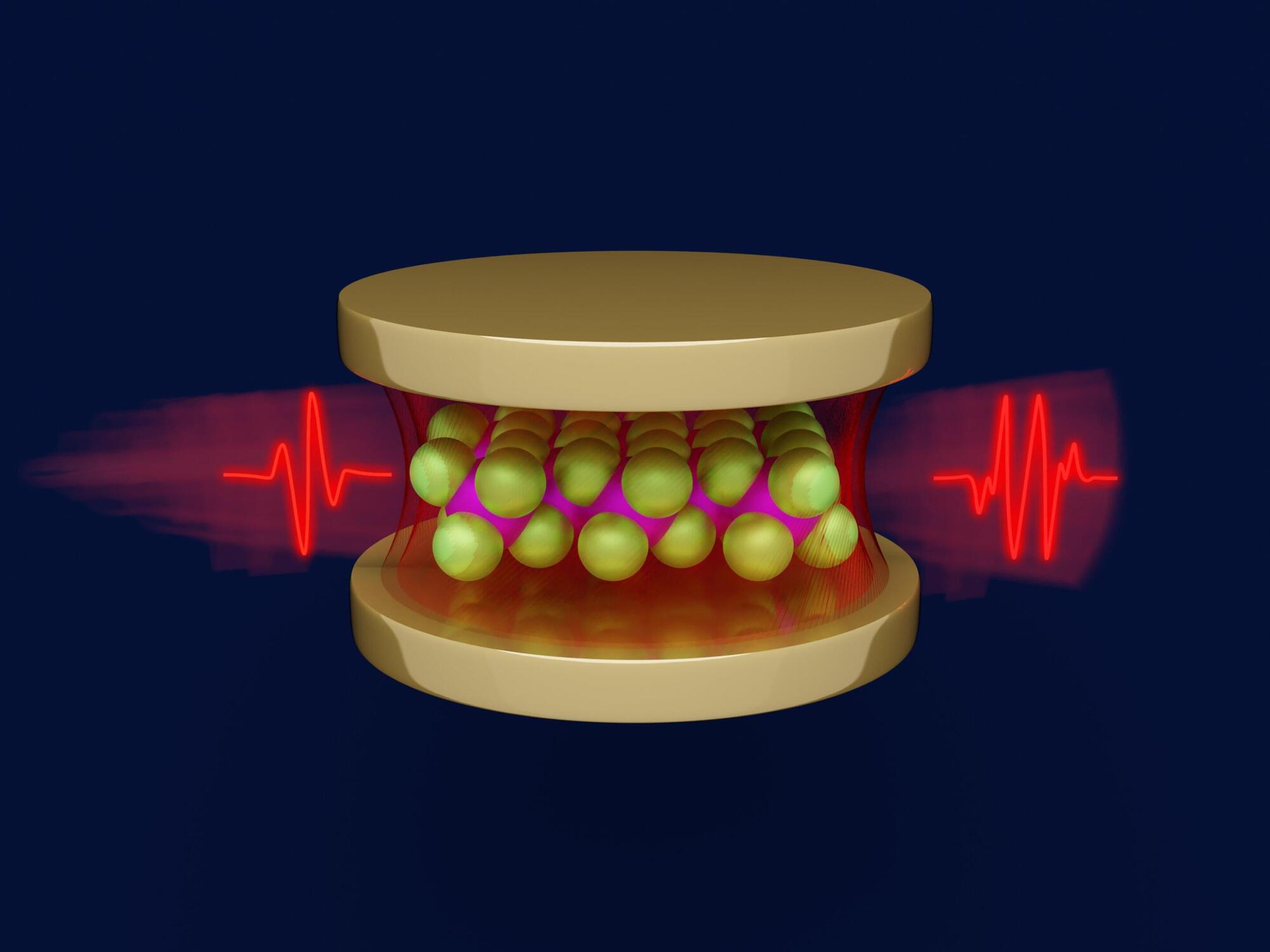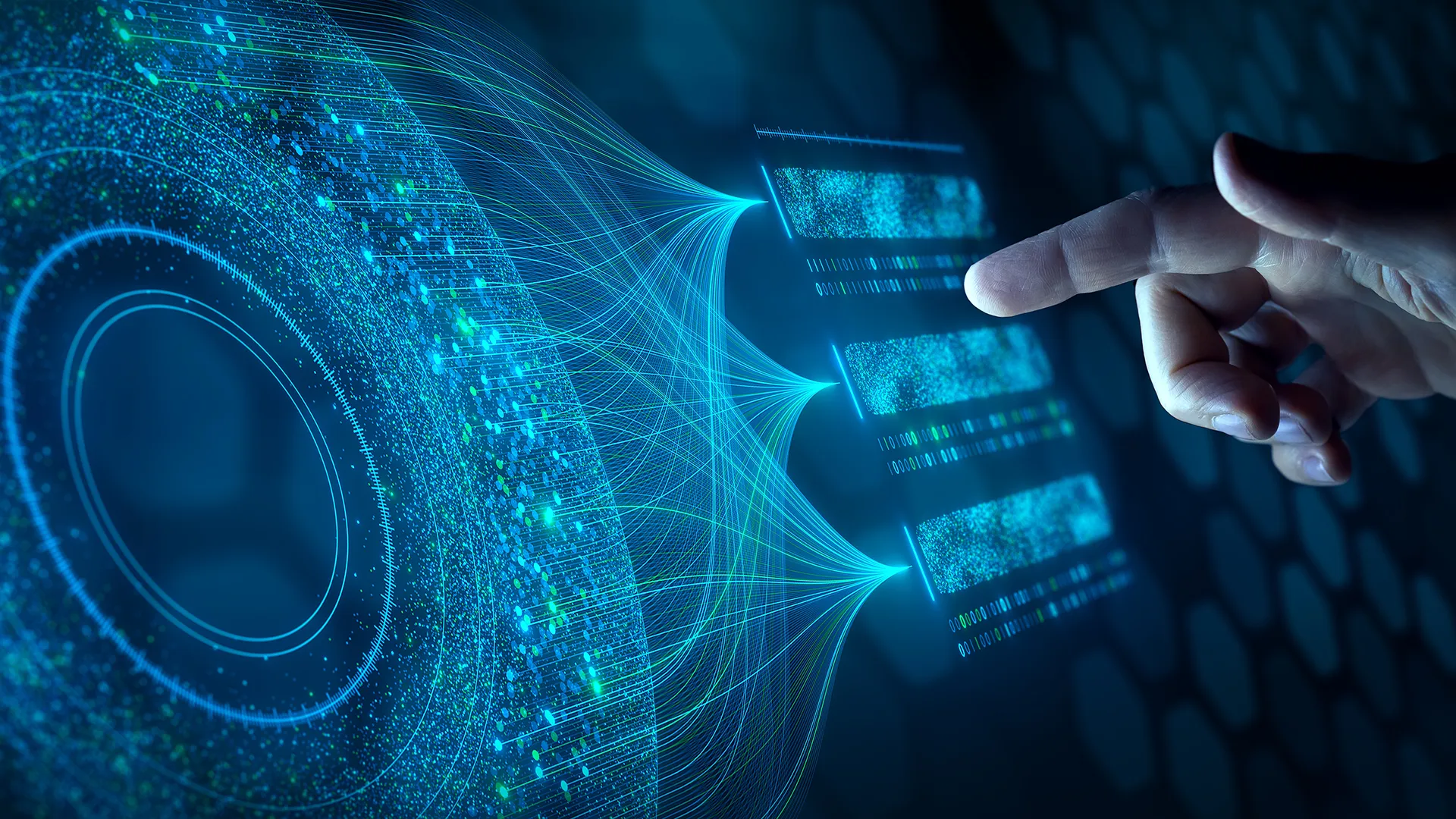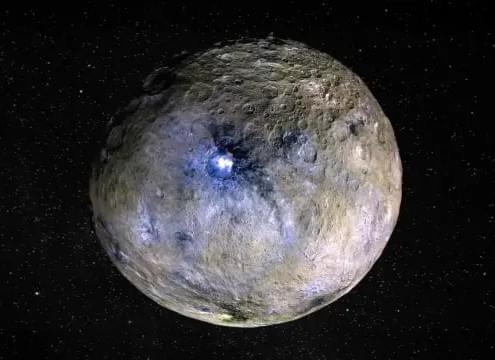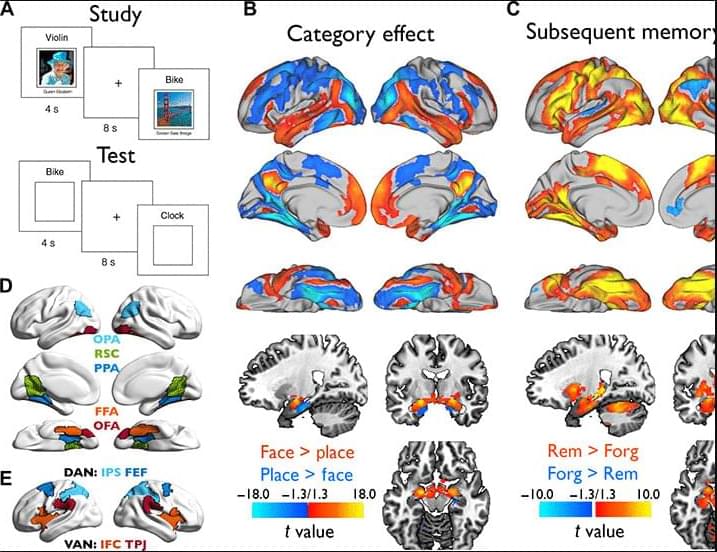For the first time, scientists using cryo-electron microscopy have discovered the structure and shape of key receptors connecting neurons in the brain’s cerebellum, which is located behind the brainstem and plays a critical role in functions such as coordinating movement, balance and cognition.
The research, published in Nature, provides new insight that could lead to the development of therapies to repair these structures when they are disrupted either by injury or genetic mutations affecting motor skills —sitting, standing, walking, running, and jumping—learning and memory.
The study, by scientists at Oregon Health & Science University, reveals the organization of a specific type of glutamate receptor—a chemical neurotransmitter that conveys signals between neurons and is considered the primary excitatory neurotransmitter in the brain—bound together with proteins clustered on synapses, or junctions, between neurons in the cerebellum.








